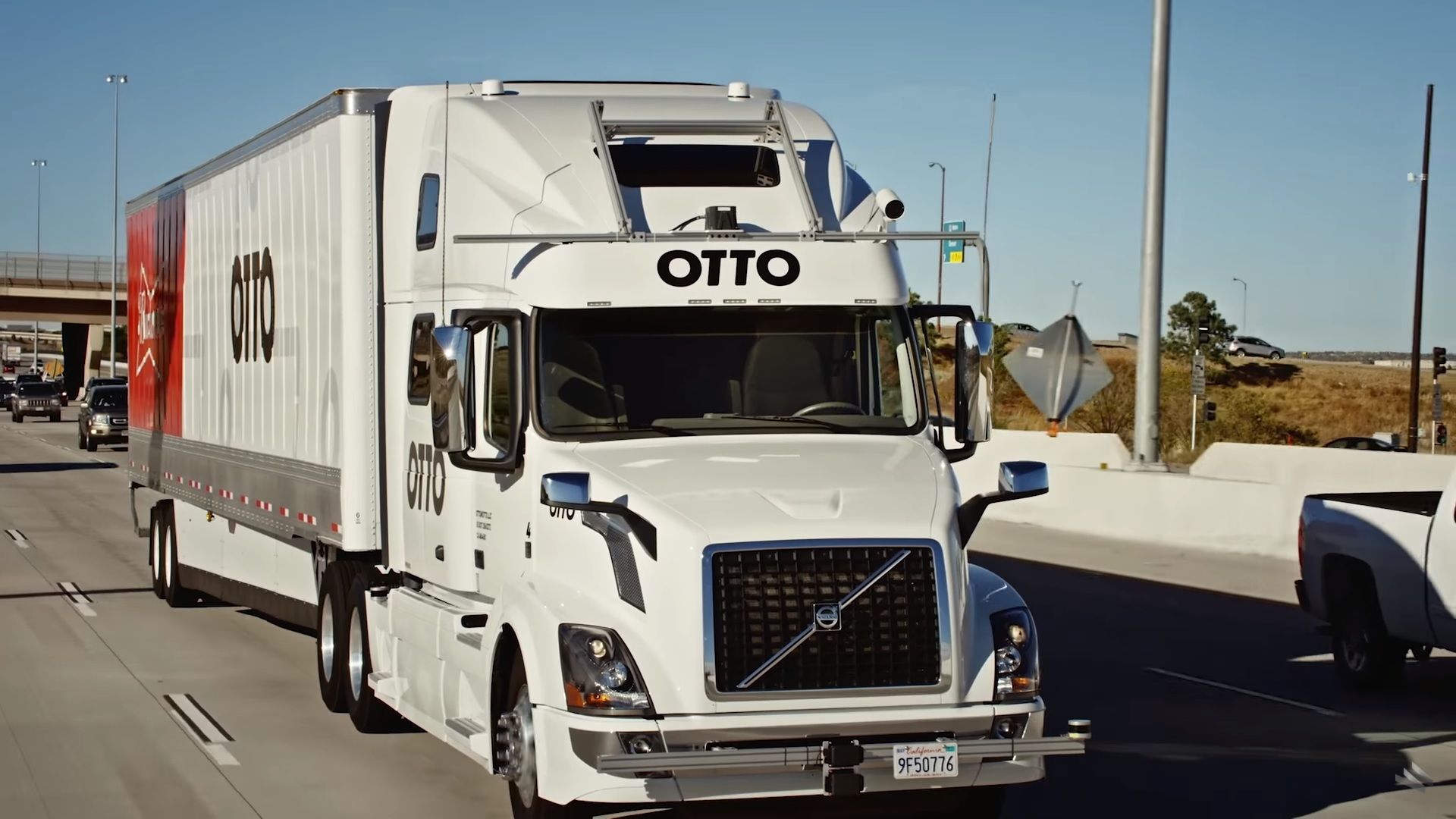Adding worth to the adage “you can’t be the first in everything,” Tesla will have to take a backseat on who can claim to be the first company to roll out a fleet of self-driving trucks. That distinction rests on the shoulders of Uber, which announced that its self-driving haulers have been carrying cargo on the highways of Arizona for commercial freight customers over the past few months. While the trucks drive themselves on these highways, there are licensed operators that are still on board, ready to take over in the case of emergency. Eventually, though, Uber plans to use these self-driving trucks exclusively on long highway hauls and leaving human drivers to tackle shorter service trips.
Uber’s not going to win any awards for being the first company to roll out self-driving trucks on the road, but there is acclaim in that achievement, especially in a time where there is no shortage of competitors that are vying for the same honor.
“We think self-driving technology has tremendous potential to solve some of the big problems that the trucking industry has today,” said Alden Woodrow, the product manager for Uber’s self-driving truck unit.
The company’s vision, though, may be different from what other companies are trying to do. In a video presentation, Uber laid out its vision for the business, highlighting its goal of using autonomous systems on trucks for long-haul travels and licensed human drivers for shorter routes. In addition, Uber is also planning to develop transfer hubs in certain locations. These hubs will serve as the stop-and-go destinations for its trucks, which can pick up and drop off trailers. Under its plan, self-driving trucks grab trailers earmarked for long-distance travel while licensed truck drivers will pick up trailers for closer delivery. Making all this magic happen is Uber’s network, which will be in charge of overseeing the structure and work process involved in these travel hubs. The company didn’t say how many travel hubs it plans to launch in the U.S., but it did say that it’s already working on two primary transfer hubs in Arizona, one near the California border, and another near the border with New Mexico.
Complementing this business is Uber Freight, an app that the company launched in May 2017 that can match truckers and trucking companies with the specific trailers the trucks need to haul. With Uber Freight, the company intends to launch a service that’s similar to ride-sharing and ride-hailing. In this case, Uber won’t be in charge of actually handling the day-to-day business of these deliveries, but would instead create a marketplace for both trucking companies and shippers.
Uber’s plans are shaping up quite nicely. It’s certainly ahead of the game compared to some its rivals, including Tesla and Waymo, the self-driving outfit owned by Google. Both companies are also planning to develop self-driving electric trucks for commercial use with Tesla having already unveiled its version, the Tesla Semi, in 2017. Neither, though, have progressed to the point that they have self-driving trucks that are already on the road doing more than testing.
Regardless of where its business goes from here, Uber has no plans to dip its toes on aspects of the business that’s beyond its capability. According to Woodrow, that includes teaching its trucks to handle short-route deliveries. “That is beyond the window of what we’re looking at,” Mr. Woodrow said, before adding that Uber is choosing to “focus the development of our technology on the highway only.”
References
Read more Uber news.

